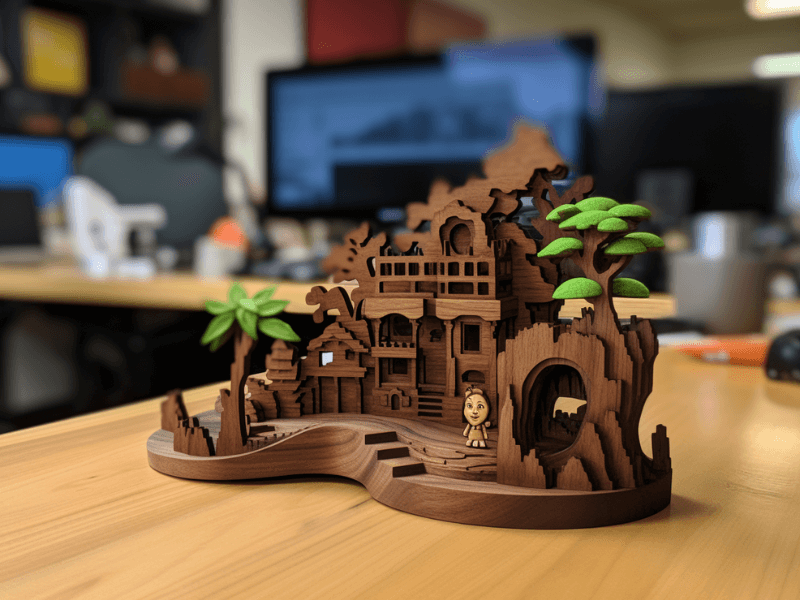When it comes to heavy-duty adhesives, Gorilla Glue has a reputation that sticks. But when you’re looking to bond wood, is it the best choice? This article aims to answer that question, exploring whether Gorilla Glue’s bond with wood is as strong as its reputation.
Join us on this adhesive adventure as we explore the ins and outs of using Gorilla Glue with wood.
Gorilla Glue & Wood: A Quick Overview
- What to know before going ape with Gorilla Glue
- The strengths and weaknesses of using Gorilla Glue for wood
- Ideal wood types and projects for Gorilla Glue
- When Gorilla Glue might not be the best choice

Before You Bond: What to Know About Gorilla Glue and Wood
Gorilla Glue is a polyurethane-based adhesive known for its strong bonding capabilities. However, like any glue, it has its quirks.
Here’s what you need to know before using it on wood: Gorilla Glue expands up to three times its volume during curing, filling in any gaps or cracks.
It needs moisture to cure properly, so slightly dampening the wood surface can speed up this process.
Pros and Cons: Gorilla Glue in the Woodwork
Pros
- Strength: Gorilla Glue forms a potent bond, making it suitable for projects requiring a strong adhesive.
- Water Resistance: Once cured, it’s resistant to water, making it suitable for indoor and outdoor projects.
- Gap Filling: Its expansion capability allows it to fill gaps, which can be beneficial when working with uneven surfaces.
Cons
- Curing Time: Gorilla Glue takes longer to cure than some other adhesives.
- Messy: The expansion can be messy and difficult to control, potentially causing adhesive overflow.
- Color: The glue dries to a brown color, which may not be ideal for all projects.
Wood and Projects Well-Suited to Gorilla Glue
Hardwoods, softwoods, or natural wood composites, Gorilla Glue is a fantastic choice.
It is excellent for projects that require a strong bond, such as furniture repairs or building outdoor structures.
The water resistance also makes it suitable for wooden items exposed to the elements or moisture.
When to Avoid Using Gorilla Glue For Wood
Gorilla Glue might not be the best choice for delicate woodworking projects or for any project where a clear, invisible adhesive is required, as it dries to a visible brown color.
Additionally, it may not be ideal for projects requiring a quick cure time.
Conclusion: Is Gorilla Glue Top Banana?
When it comes to strength and durability, Gorilla Glue proves a robust choice for bonding wood. It’s versatile, potent, and water-resistant, making it an excellent choice for a range of projects.
But remember, every adhesive has its place, and the best glue always depends on the task at hand.
So while Gorilla Glue may be king of the jungle in many cases, it’s essential to consider your project’s specific needs to achieve the best bond possible.


